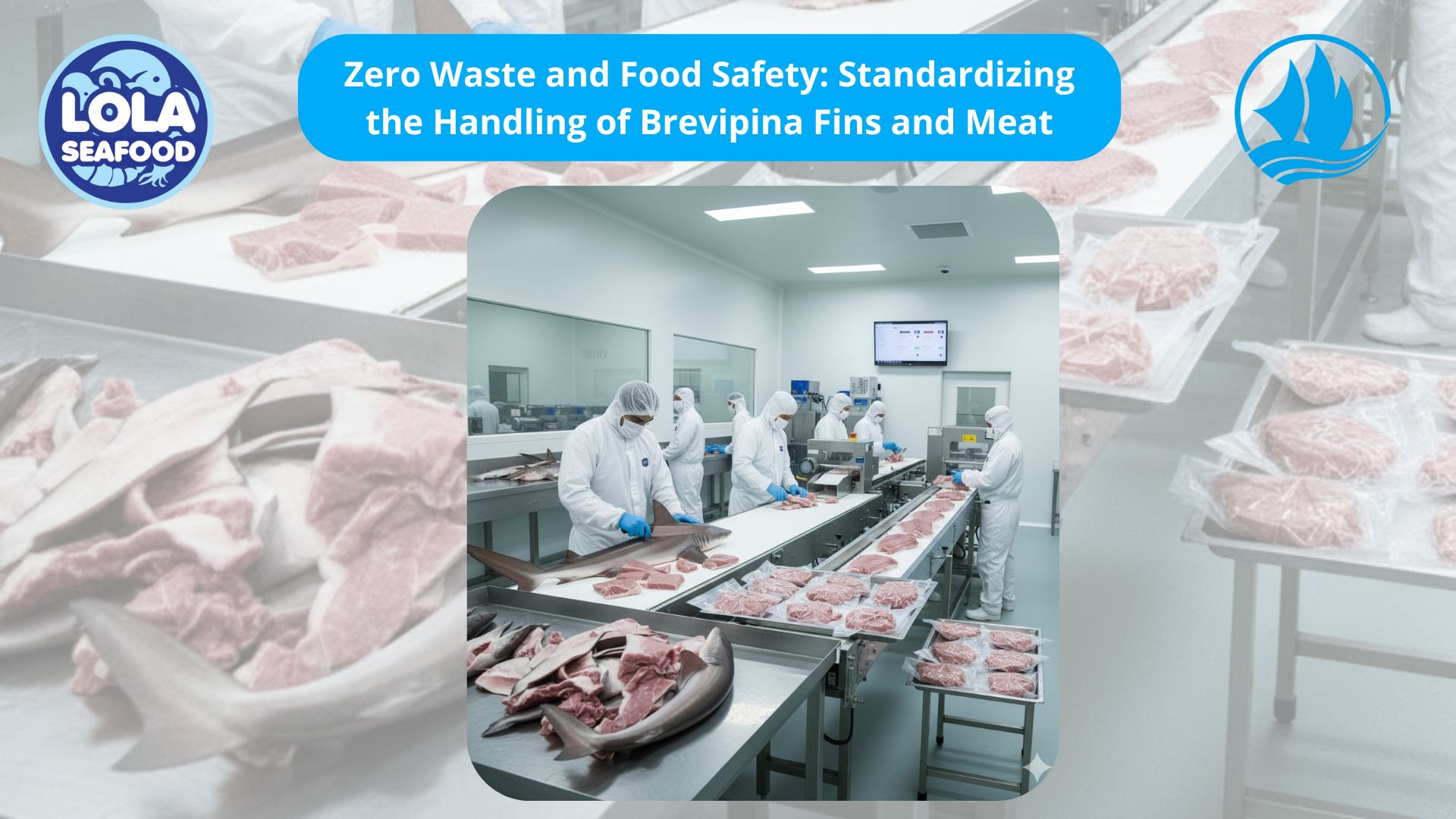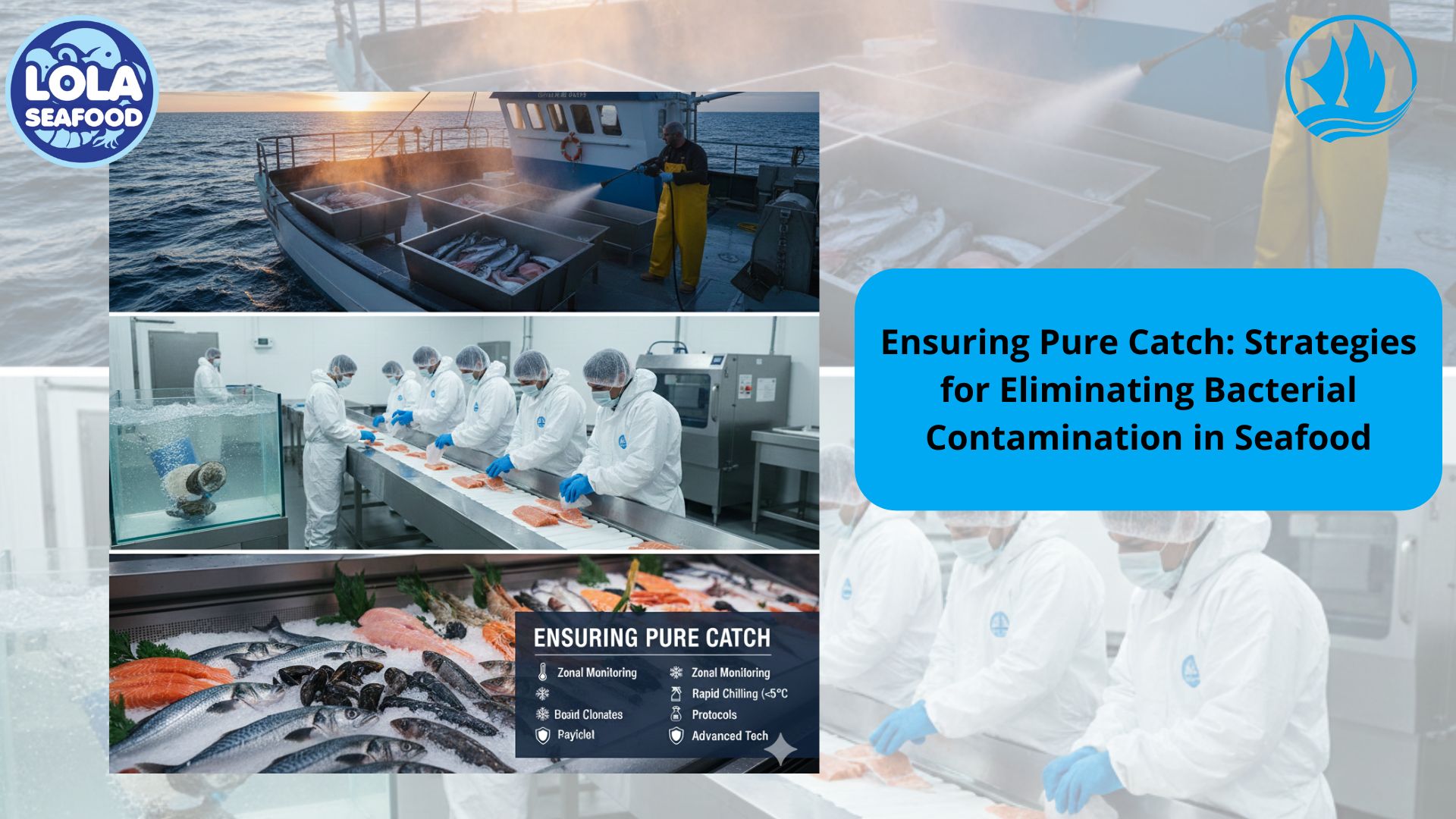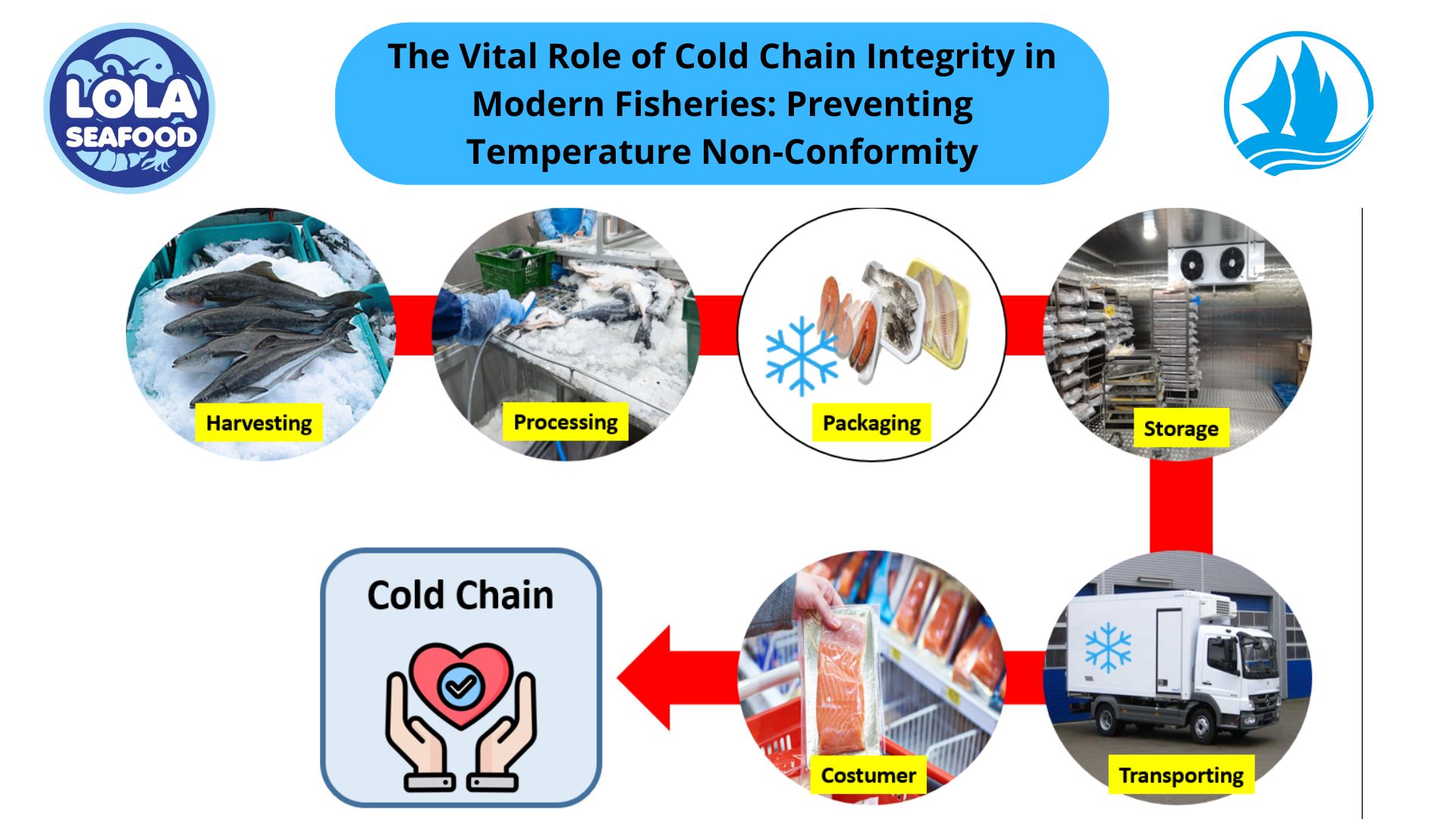How to Conduct an Organoleptic Test on Seafood
By. Kusni - 09 Sep 2025.jpg)
Kelolalaut.com When it comes to seafood, freshness and quality are essential for both safety and taste. One of the most widely used methods to evaluate seafood quality is the organoleptic test, also known as sensory evaluation. This process relies on human senses—sight, smell, touch, and sometimes taste—to assess whether seafood meets acceptable standards before it reaches consumers. Unlike advanced laboratory analysis, organoleptic testing is simple, quick, and cost-effective, making it a vital practice in the seafood industry.
The word organoleptic comes from the Greek terms "organon" (organ) and "leptikos" (perceptible). It refers to the evaluation of food quality using sensory organs such as the eyes, nose, tongue, and hands. In the seafood sector, this test plays an important role in detecting spoilage, ensuring product safety, and maintaining consumer trust.
Organoleptic testing does not require sophisticated equipment. Instead, it relies on trained inspectors or even informed consumers who can recognize the characteristics of fresh versus spoiled seafood.
Key Parameters in Seafood Organoleptic Testing
1. Appearance
Fresh seafood should look vibrant and natural. Fish, for example, should have bright, clear eyes and shiny, metallic skin. The gills should be red or pinkish, not brown or gray. For shrimp, a translucent shell without black spots is ideal, while squid should have a glossy surface with no signs of dryness. Any signs of discoloration, dullness, or unusual slime indicate that the product is losing freshness.
2. Smell
Smell is one of the most reliable indicators of seafood quality. Fresh seafood usually has a mild, ocean-like scent. If it emits a strong, sour, ammonia-like, or rancid odor, it is likely spoiled. Since odors can change quickly as bacteria multiply, the smell test is often the first red flag during inspection.
3. Texture
Texture gives important clues about freshness. Fish flesh should be firm and elastic, bouncing back when pressed. Soft, mushy, or sticky texture signals deterioration. For shellfish, firmness and tightness of the shells are important indicators. Squid and octopus should feel slightly resilient but not rubbery or slimy.
4. Meat
Fresh seafood should have a clean, very bright, type specific, the meat tissue is very strong.
Steps in Conducting Organoleptic Testing
1. Preparation
Place the seafood sample in good lighting and a clean environment to avoid contamination. Make sure evaluators are trained to recognize subtle differences in freshness.
2. Visual Inspection
Start with appearance look at the eyes, gills, color, meat and overall body condition. For shellfish, check if shells are intact and closed.
3. Smell Evaluation
4. Gently smell the product. Record any signs of unpleasant or unusual odors.
5. Smell Evaluation
Gently smell the product. Record any signs of unpleasant or unusual odors.Texture Examination
Press the flesh gently to check firmness. Observe whether the surface feels moist but not sticky.
6. Documentation
Record the findings using a standardized scoring sheet. Some seafood industries use numerical scales (e.g., 5 = poor, 9 = excellent) to ensure consistency.
Organoleptic testing is not only important for ensuring consumer satisfaction but also for maintaining public health. Spoiled seafood can carry harmful bacteria and toxins that cause foodborne illnesses. By detecting early signs of spoilage, seafood suppliers and restaurants can prevent unsafe products from entering the market. Moreover, sensory evaluation is an affordable and practical method for small-scale fisheries or processing businesses that may not have access to laboratory facilities. When combined with modern quality assurance systems such as HACCP (Hazard Analysis and Critical Control Points), organoleptic testing provides a strong foundation for seafood safety.
Organoleptic testing remains one of the most practical and effective ways to evaluate seafood quality. By using our senses—sight, smell, touch, and sometimes taste—we can detect freshness, spoilage, and overall acceptability. For both professionals in the seafood industry and everyday consumers, understanding these methods ensures safer, tastier meals and helps protect health. Next time you shop for fish or shellfish, remember to trust your sens—they are the first line of defense in seafood quality control.
If youre interested in our Mahi-Mahi Fillet Skinless please do not hesitate to contact us through email and/or whatsapp
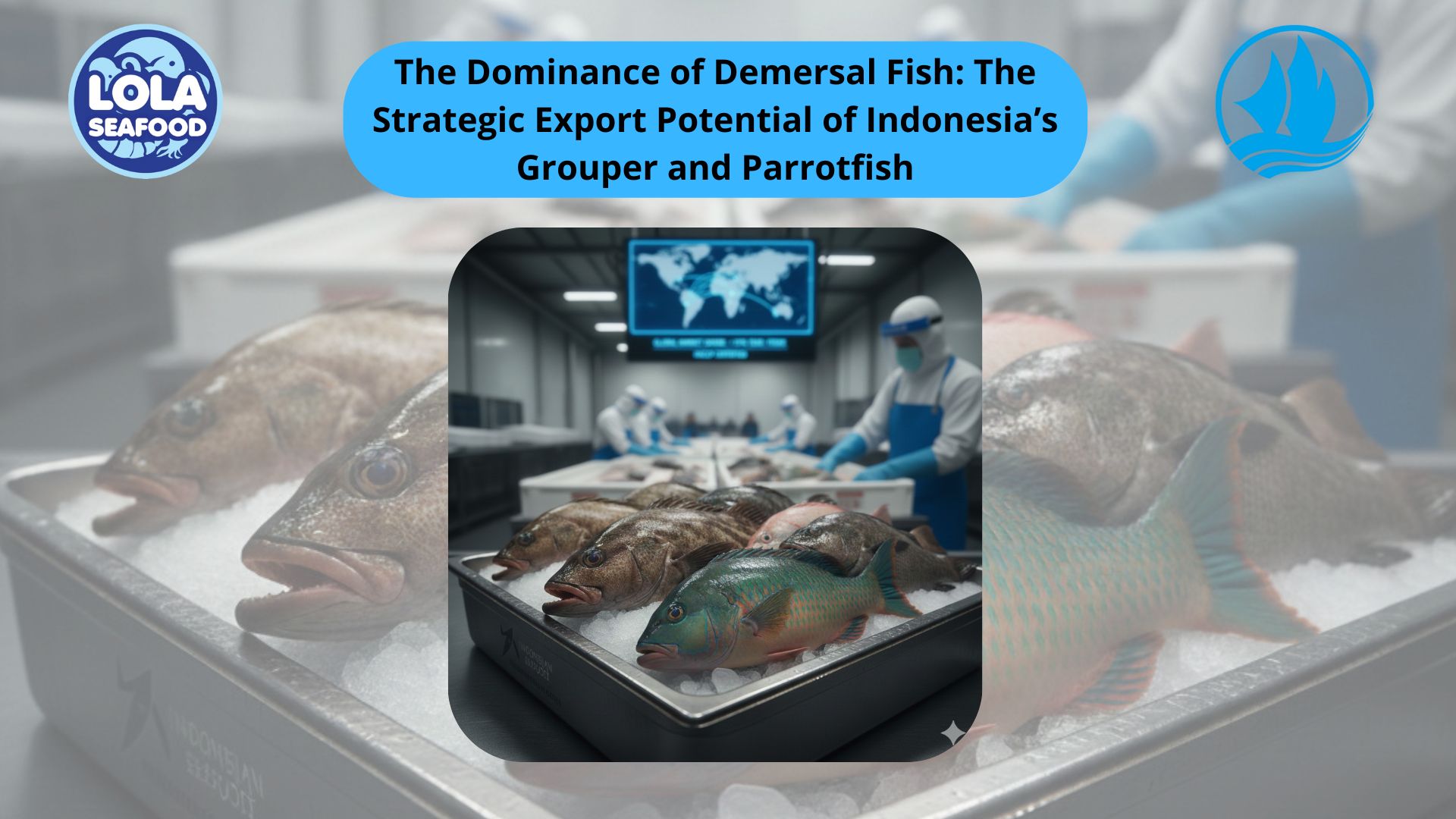
The Dominance of Demersal Fish: The Strategic Export Potential of Indonesia’s Grouper and Parrotfish
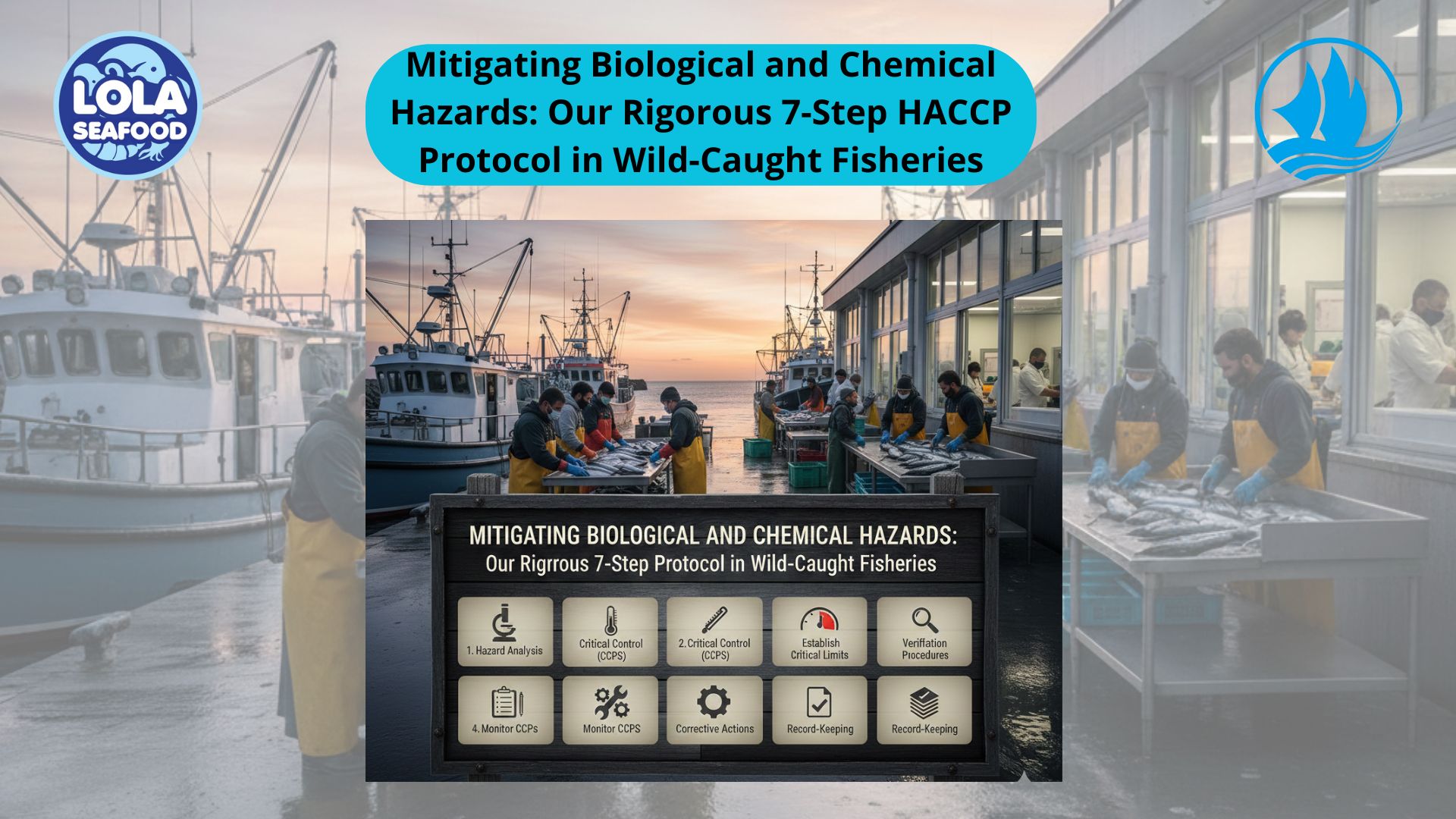
Mitigating Biological and Chemical Hazards: Our Rigorous 7-Step HACCP Protocol in Wild-Caught Fisheries
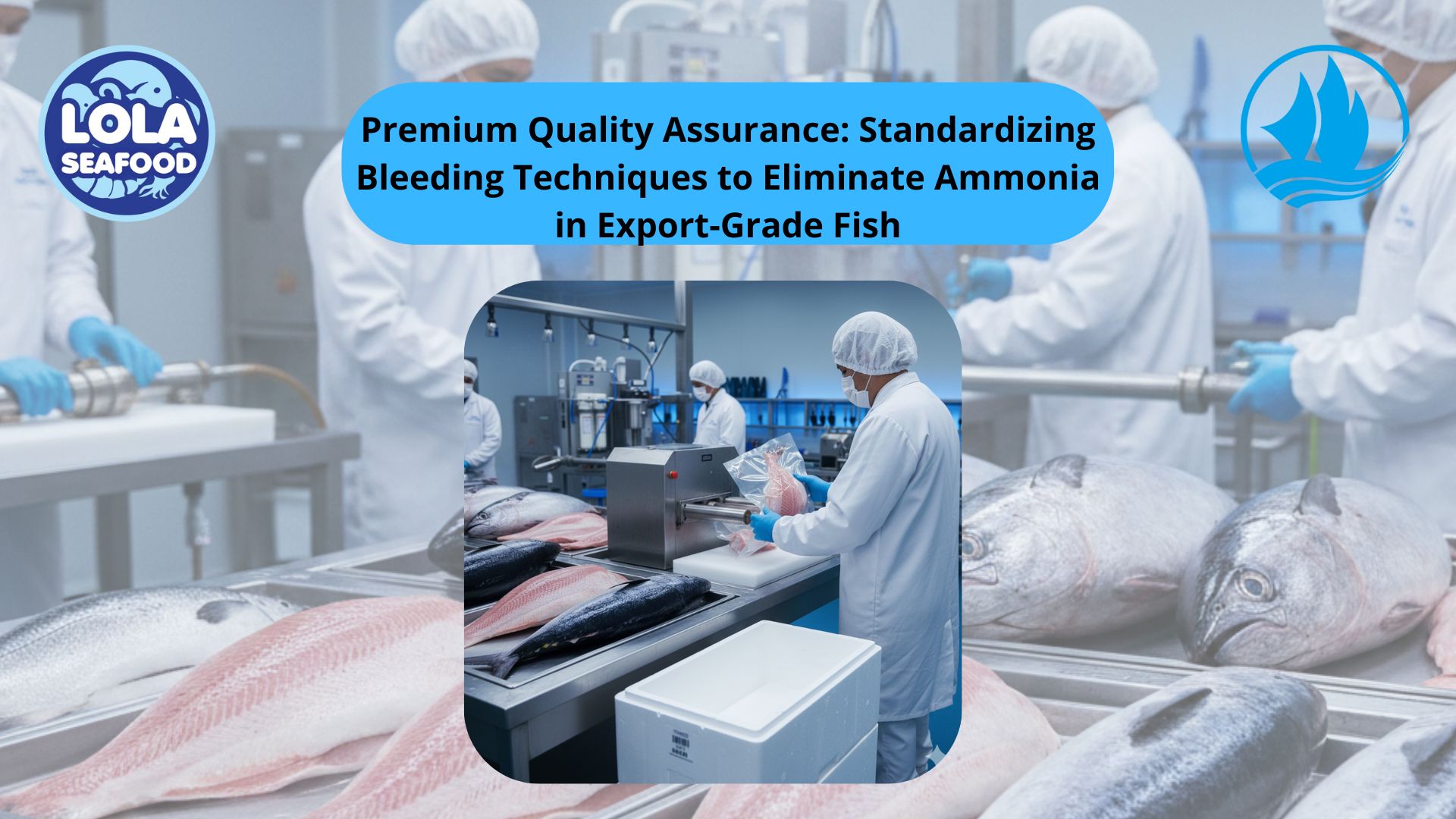

.jpg)
